The term flagship once conjured images of groundbreaking innovation, jaw-dropping performance, and a bold statement about the future of technology. For decades, the camera industry reserved this label for models that represented the pinnacle of their capabilities—products that weren’t just upgrades but game-changers. Yet, recent releases by Sony, Canon, Nikon, and Fujifilm beg the question: Have camera manufacturers forgotten what it means to produce a flagship model?
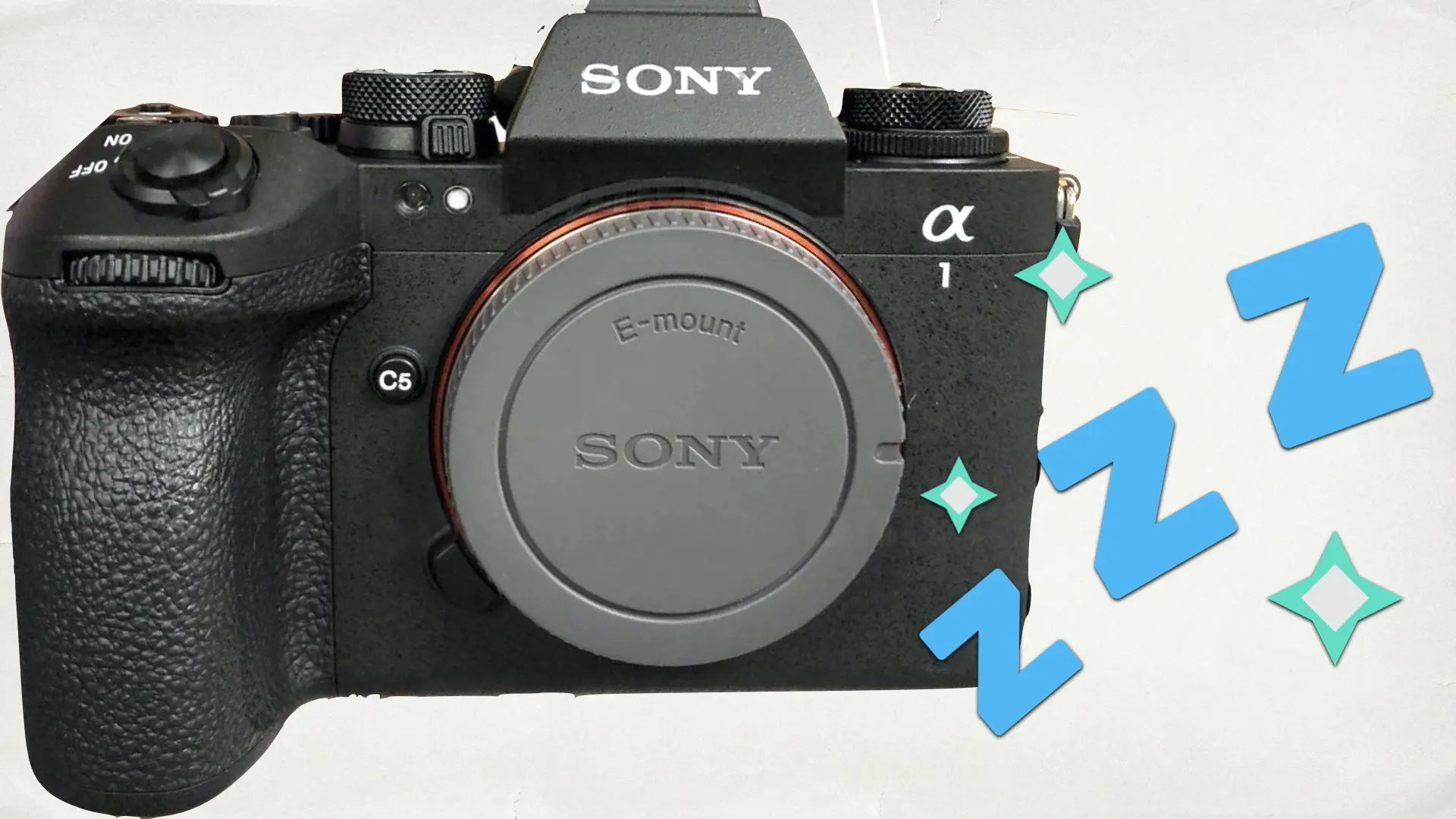
The Forgotten Meaning of a Flagship
A flagship isn’t just about specs; it’s about a vision. It should set a benchmark, introduce revolutionary features, and make professionals and enthusiasts alike say, “This changes everything.” However, today’s so-called flagship cameras feel more like iterative updates or strategic placeholders in an overly saturated market. Let’s delve into the missteps of the major players, starting with Sony and its underwhelming Alpha 1 Mark II.

Sony: Alpha 1 Mark II – An Incremental Update Parading as a Flagship
Sony, once the leader in redefining digital photography, has seemingly lost its innovative edge. The recently released Sony Alpha 1 Mark II was introduced as the ultimate flagship, but its improvements over the original Alpha 1 are incremental at best. As detailed in Sony A1 II: Yet Another Boring Flagship, the Mark II adds minor autofocus improvements and a slightly better burst rate. These updates hardly justify calling it a new flagship. What’s worse, Sony recently slashed the price of the original Alpha 1 by $1,000 (Sony Alpha 1 Gets a $1,000 Price Slash), positioning the two cameras as competitors. This strategy not only confuses consumers but also undermines the Alpha 1 Mark II’s status as a flagship. A true flagship shouldn’t merely improve on its predecessor; it should redefine what’s possible. Think Sony Venice 2, a full-frame 8.6K cinema camera that genuinely earned its title as a flagship (Sony Venice 2 Announced: A New 8.6K Full-Frame Cinema Flagship). Where is that boldness in the Alpha series today?
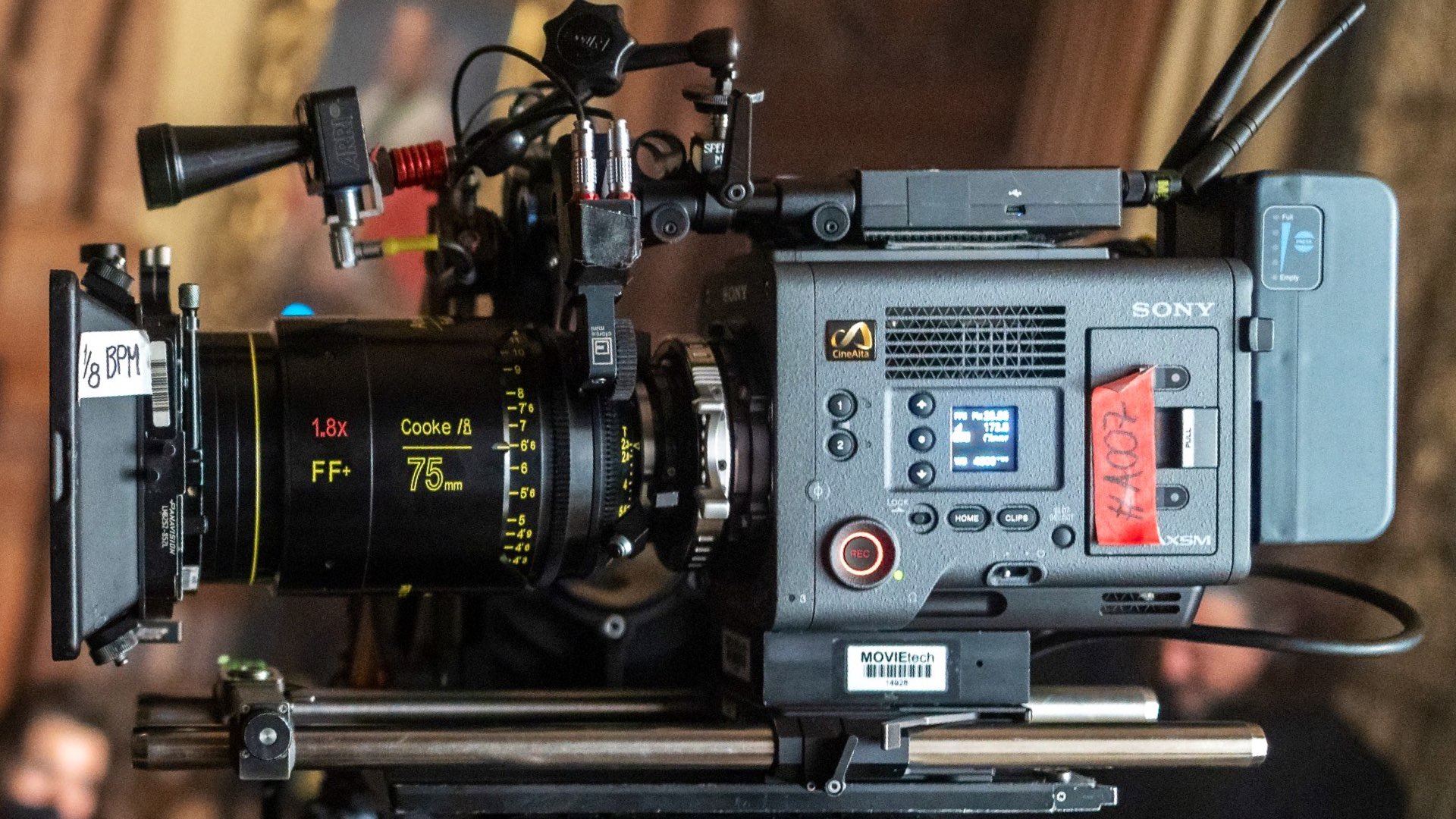
Nikon: The Flagship Cannibalizer
Nikon has been a key player in the flagship game, but its recent strategy appears self-sabotaging. When the Nikon Z9 debuted, it boasted impressive specs like 8K 60p and internal ProRes RAW (Nikon Presents the Z9 Flagship: 8K60p, ProRes RAW, and N-RAW Internally). At first glance, it seemed to embody flagship ambitions. However, Nikon quickly diluted the Z9’s exclusivity by releasing numerous lower-tier models that encroached on its territory. As noted in Nikon Has Just Killed Its Flagship, the Z9’s dominance was undercut by Nikon’s habit of creating slightly cheaper and less capable alternatives, effectively cannibalizing their own product line. A flagship should stand apart—not be one of many options on a shelf. Even before the Z9, Nikon was guilty of releasing flagships that felt formulaic. The Z9’s predecessor, for instance, was criticized as a “boring flagship created for the sake of specs” (Nikon Z9: Another Boring Flagship Created for the Sake of Specs). This trend reveals an underlying issue: Nikon seems more focused on specs and market segmentation than delivering a truly innovative product.
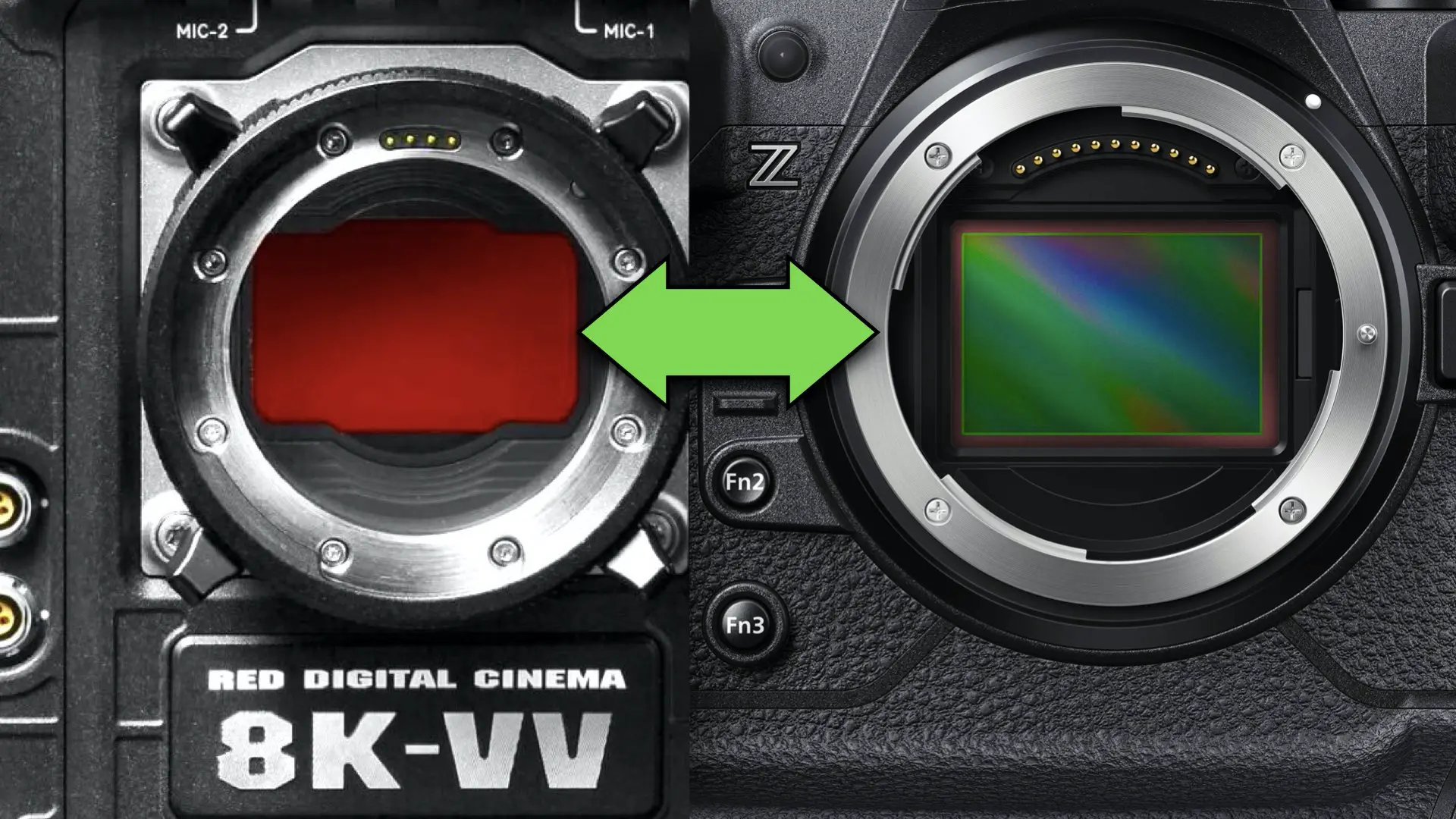
A flagship isn’t just about specs; it’s about a vision. It should set a benchmark, introduce revolutionary features, and make professionals and enthusiasts alike say, “This changes everything.” However, today’s so-called flagship cameras feel more like iterative updates or strategic placeholders in an overly saturated market.
Canon: EOS R1 – A Flagship in Name Only
Canon’s approach to the flagship market has been similarly lackluster. The company recently announced the EOS R1 as its full-frame mirrorless flagship (Canon Announces Its Full-Frame Mirrorless Flagship EOS R1). However, the R1 offers few advancements over existing models, making it feel like an obligatory entry rather than a groundbreaking achievement. This is not the first time Canon has struggled with the concept of a flagship. The EOS R3, which Canon explicitly stated was not a flagship, introduced advanced autofocus but lacked the all-encompassing appeal of a top-tier model (Canon Officially Announced the Impressive EOS R3 Full-Frame 6K RAW at 60fps (But Not a Flagship)). Even Canon’s cinema line isn’t immune to this confusion. While the C700 series once epitomized flagship status, its successors have failed to maintain that same level of prestige (Canon’s Newest Patent Implies a New Cinema Flagship: C700 Mark II).

Fujifilm: Diluting the Flagship Status
Fujifilm has been particularly guilty of blurring the flagship definition. Their recent Fujifilm GFX Eterna is essentially a repackaged GFX100 II (The Fujifilm GFX Eterna Is an In-Housed GFX100 II). While the GFX100 was once a revolutionary medium-format mirrorless camera, Fujifilm’s decision to churn out near-identical variations cheapens the brand’s flagship offerings. On the cinema side, Fujifilm’s Fujinon Duvo 25-1000 cinema lens genuinely feels like a flagship with its unparalleled versatility and staggering price tag (Fujifilm Ships Its Flagship Fujinon Duvo 25-1000 Cinema Box Lens (Price: $250,000)). However, such releases are rare. Fujifilm’s mirrorless division seems more interested in repurposing old ideas than redefining what a flagship can be.
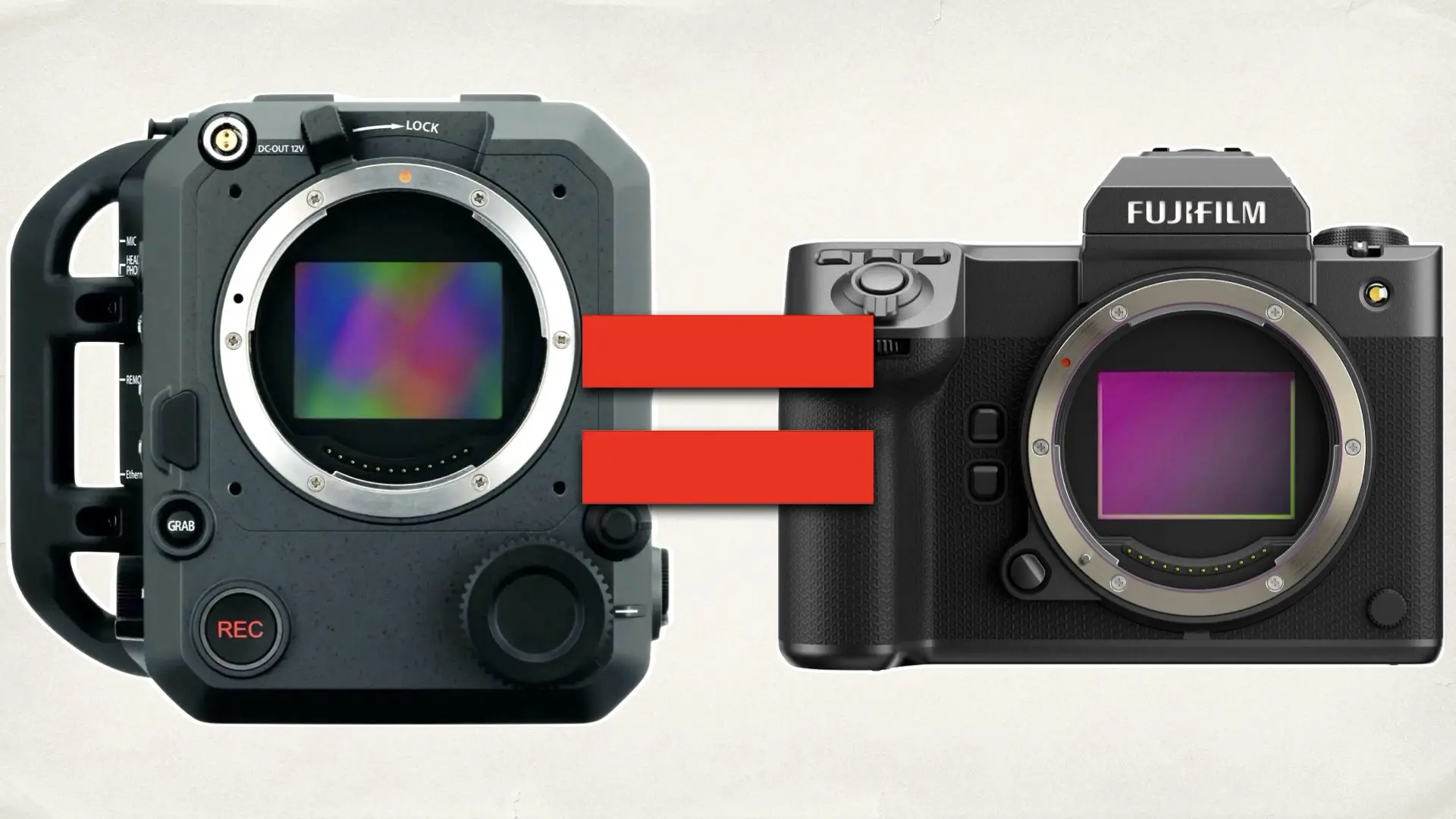
What Should a Flagship Be?
A true flagship should:
- Introduce Revolutionary Features: It should lead, not follow, the industry’s trends.
- Be Singular in Focus: A flagship should stand above the rest of the lineup, not compete with it.
- Set a New Benchmark: It should make professionals rethink their tools and push competitors to innovate.
- Elevate the Brand: A flagship isn’t just a camera; it’s a statement about a company’s vision.
For instance, the Sony VENICE 2 and Fujinon Duvo 25-1000 are modern examples of true flagships. Both products raised the bar for their respective industries, setting new standards that others must strive to meet.
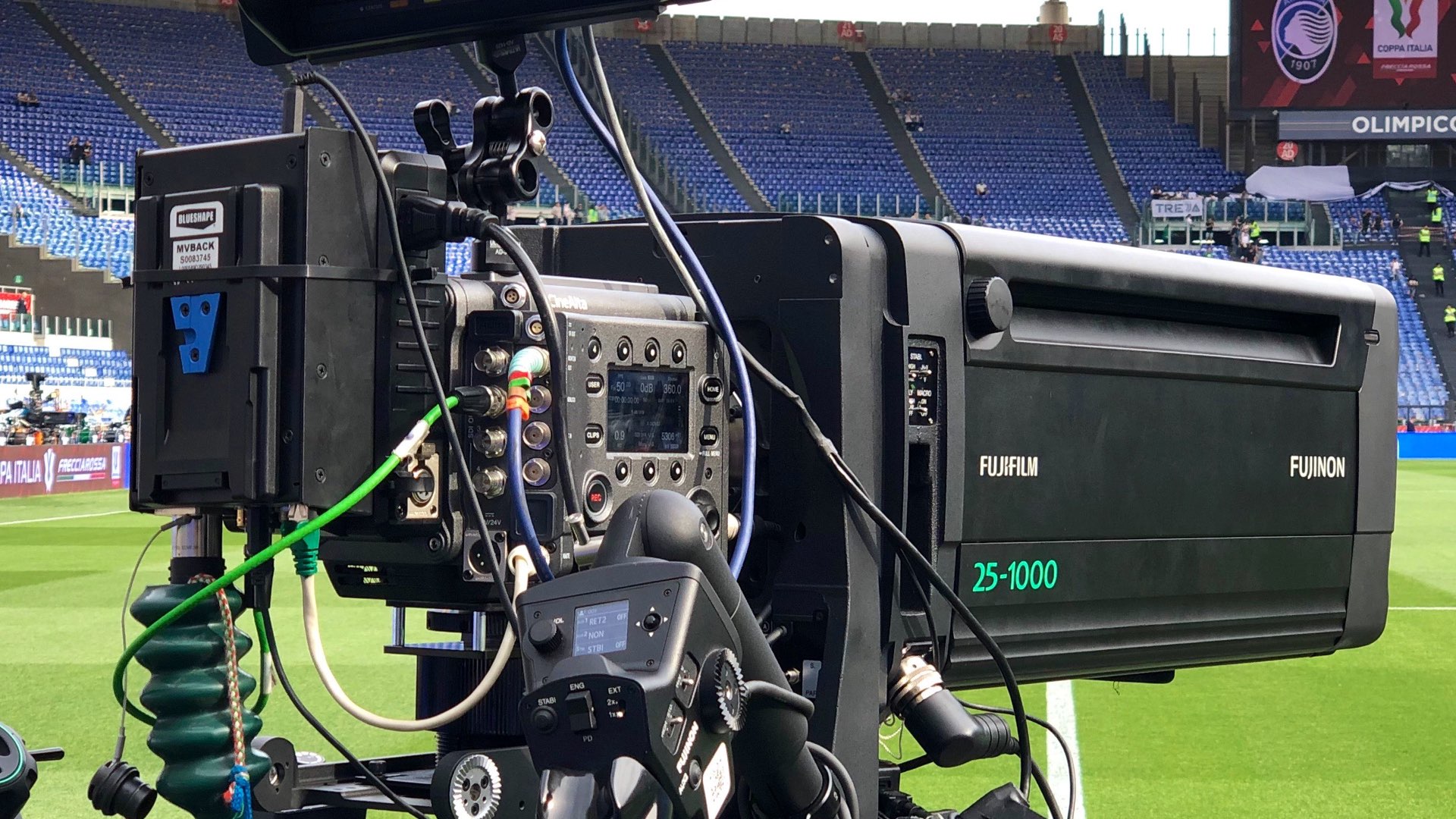
Conclusion: The Age of Diminished Flagships
In their rush to release iterative updates and cater to every market segment, camera manufacturers have diluted the prestige of their flagship models. While companies like Sony, Canon, Nikon, and Fujifilm are still capable of producing groundbreaking products, their recent track records suggest a troubling trend: the flagship as a mere marketing term. It’s time for these manufacturers to reclaim the meaning of the word and give us cameras that truly inspire awe—products that remind us why we fell in love with photography and filmmaking in the first place. Until then, the term flagship will remain little more than a hollow buzzword. Have camera manufacturers truly lost sight of what it means to create a flagship model, or are consumers settling for less and allowing the definition to fade? What do you think?

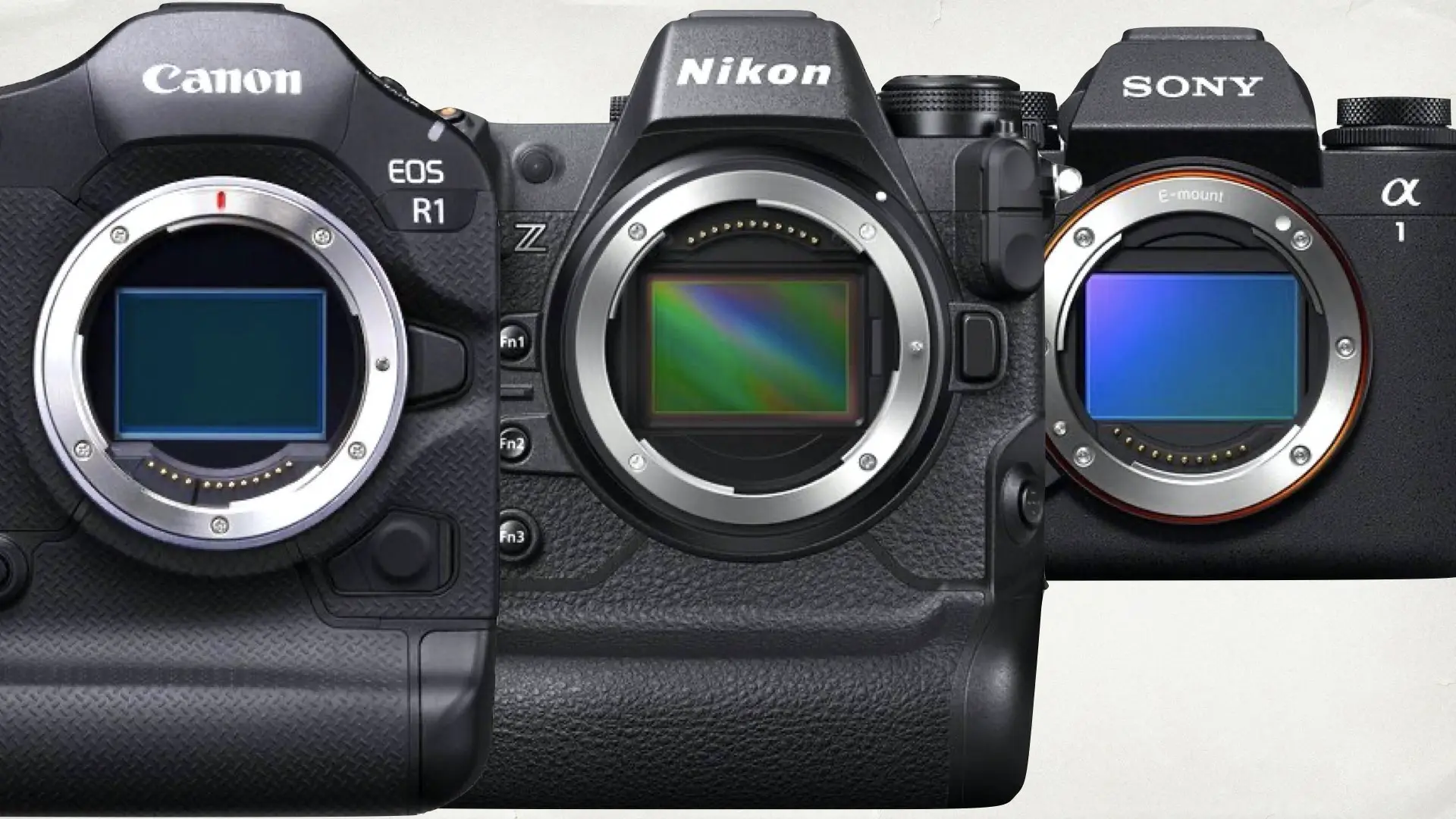
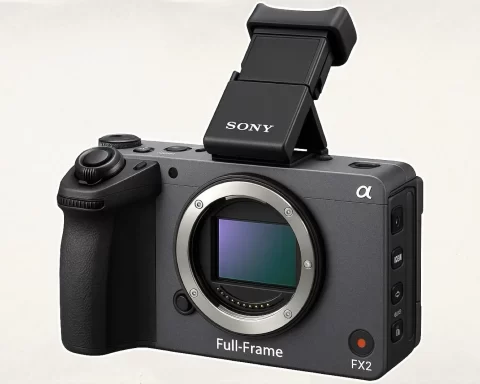



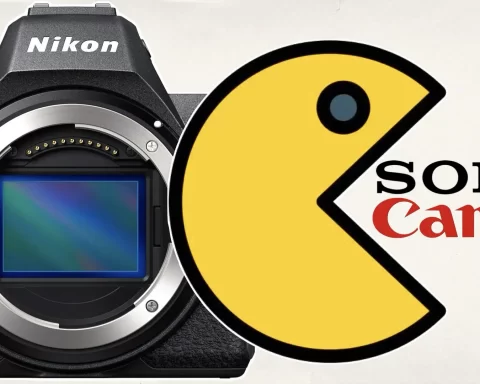


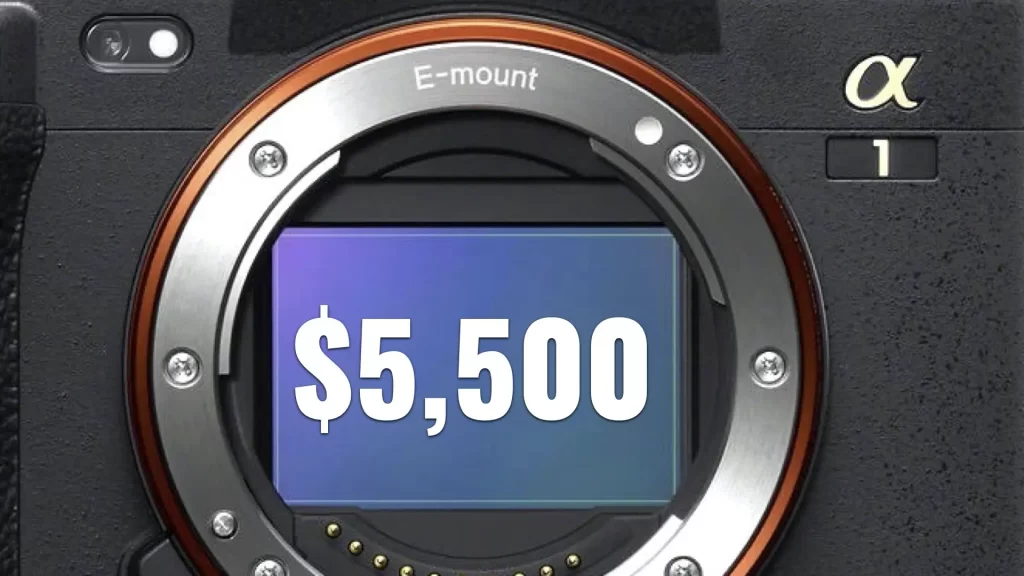

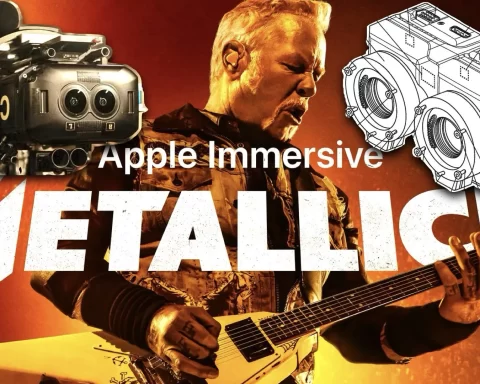


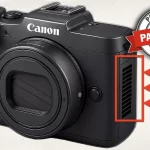
While flagship is still commonly used as a term, the reality is that technology appears to have raised standards to such a level that there is really very little room for any drastic improvements. While the author discusses manufacturers losing focus on what is a flagship, I would be interested to see what actual upgrades the author would want to see in a flagship. The truth is that the photography world has become to segmented for a true “flagship” in the historical persepctive to really fit all. To that end, for example, looking at the Canon R1, it is a camera focused on the sports and photojournalism pro shooters, who generally do not need or want higher resolution images due to the speed of which they need to move their images. However a professional landscape, portrait or wildlife shooter will generally want that higher resolution, but even within that segment, some may or may not want higher speed (FPS) thus some people will prefer the R5II while others may be perfectly happy with the R5. The needs and wants of various photographers (compounded when you add video to the equation) taken into account with current tech, make it appear to indicate that the manufacturers cater to the various different segments, and righfully so. The days of a “Flagship” catering to pros and generally out of price reach of the vast majority of photographers seem like a needless concept of the past, with more people able to find excellent cameras to fit there desired needs, more so than at any time in the past. Instead of compalining on the lost “Flagship” we should rejoice that we, as photographers, have so many quality options without having to feel like we are missing out because we cannot afford a “flagship”. The term is outdated and the tradeoffs are a boon for consumers. Even technical spec variations are not so large that consumers feel like they just can’t afford high end choices.
“Nikon quickly diluted the Z9’s exclusivity by releasing numerous lower-tier models that encroached on its territory”
Sure, but the Nikon Z6III comes without a proper printed manual, without even a charger, with the shortest USB cable I’ve ever seen, and only one year of guarantee.
Those are the little subtleties that define what is flagship and what isn’t—alienating the customers on both sides of the fence.
Nikon gave customers what they wanted, which can’t be said for many other brands, whether it’s cannibalization or not. However, I would argue that it’s not. If you use both the Z8 and Z9 (which I do) you’ll quickly see where the Z8 falls short. If you want to film in high temps, shoot long events without swapping batteries, control a circuit of cameras through a wired network at a football game, or even use your camera as a trail cam.. the Z9 is what you pick up. Not to mention the small details like the included battery charger allowing USB input so you can charge from a power bank. Pro cameras have those small extra features and ports that people overlook but make a huge difference to both people working in the field and studio.
I disagree, flagships are not always revolutionary, in the Nikon line for example:
Nikon F Series:
Nikon F (1959): Nikon’s first SLR camera, the Nikon F, was revolutionary for its time. It combined various advanced features into a single system, establishing a new standard for professional photography.
Wikipedia
Nikon F2 to F6: Subsequent models like the F2, F3, and up to the F6 built upon the F’s foundation, introducing incremental improvements such as enhanced metering systems, electronic controls, and autofocus capabilities. While these advancements were significant, they were evolutionary rather than revolutionary.
Nikon D Series:
Nikon D1 (1999): As Nikon’s first professional digital SLR, the D1 marked a significant shift from film to digital photography, offering a viable digital alternative for professionals.
Nikon D3 (2007): The D3 introduced a full-frame sensor to Nikon’s DSLR lineup, significantly improving low-light performance and image quality.
Nikon D6 (2020): The D6, Nikon’s latest flagship DSLR, offers advanced autofocus and high-speed shooting capabilities. However, it is considered an evolutionary upgrade rather than a revolutionary leap